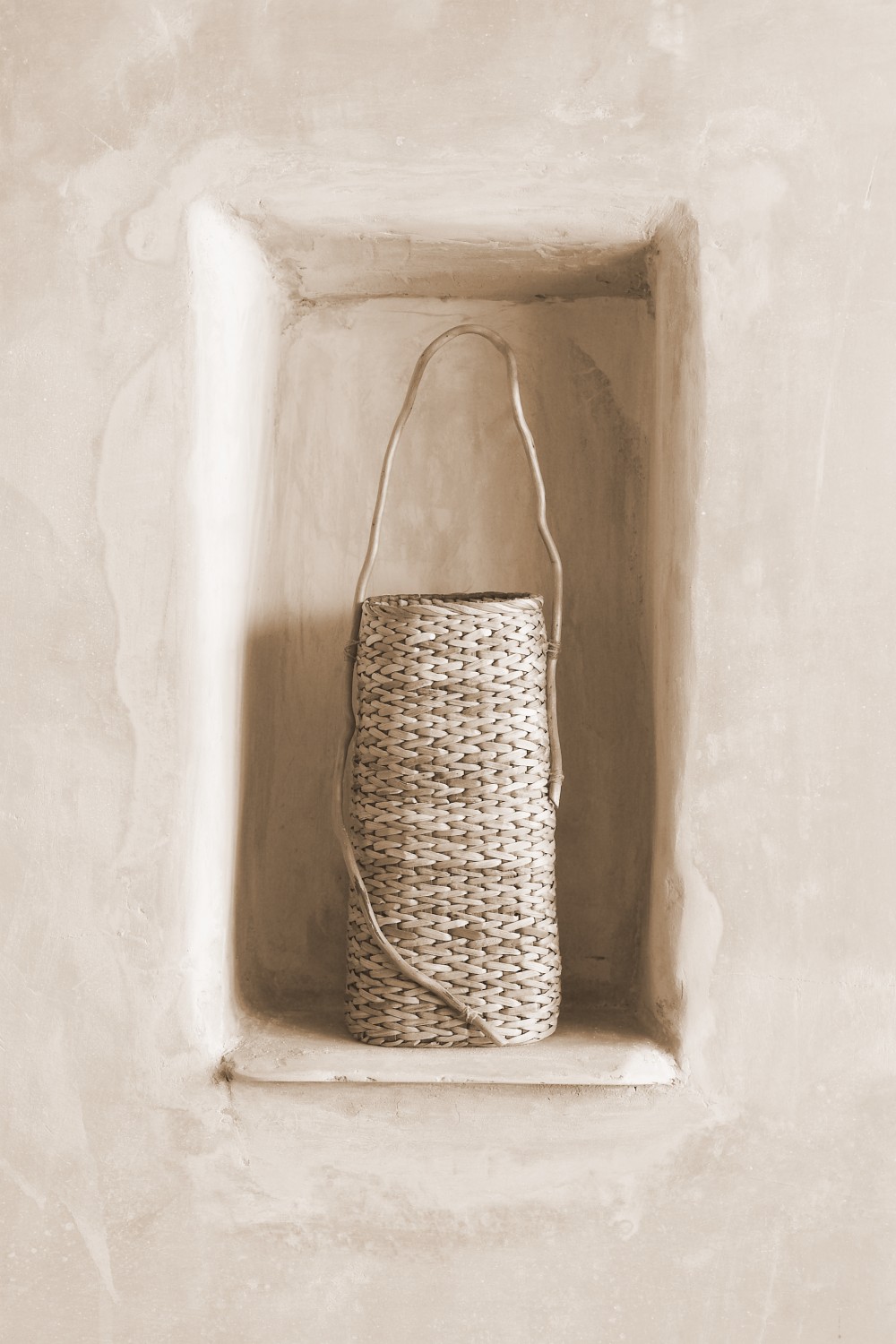On Wabi-Sabi Weekends, I post excerpts from my book, Simply Imperfect: Revisiting the Wabi-Sabi House.
“He who knows he has enough is rich.” – Lao-tzu
Wabi-sabi’s complicated two-step of spacious but not stark, comforting but not cluttered, requires nurturing and refinement.
Slowly, over time, you pare down your possessions. You might live for years with three candles, a lamp and a bowl on a side table, then one day realize that removing the candles lets the lamp’s clean lines and the empty bowl’s possibility shine through. A hand-knit afghan may be useful on the sofa in winter months, but clutter during the summer. One day you may decide that you don’t need all those cookbooks out on the counter after all. (How often do you actually make Thai food?)
If you’re not ready to get rid of family heirlooms and art that you don’t have space to display, follow the ancient Japanese practice of rotating precious items through a special alcove, or tokonoma, on a seasonal basis. Assuming you have the storage space, rotating knickknacks through storage is much less painful than giving away or selling them.
Try to connect the items you bring out of storage to the season—get out your grandmother’s milk glass vase for spring flowers and group candlesticks to bring in welcome light in winter. You can expand on this concept throughout the house: replace a heavy woolen comforter with a light linen blanket on your bed, display only one piece of the silver tea set at a time.
Putting things away for a while makes them feel new when you pull them out again. Think about how much fun it is to unwrap the Christmas tree ornaments and hang them on the tree each year—and how ready you are, come January, to put them back into storage.
